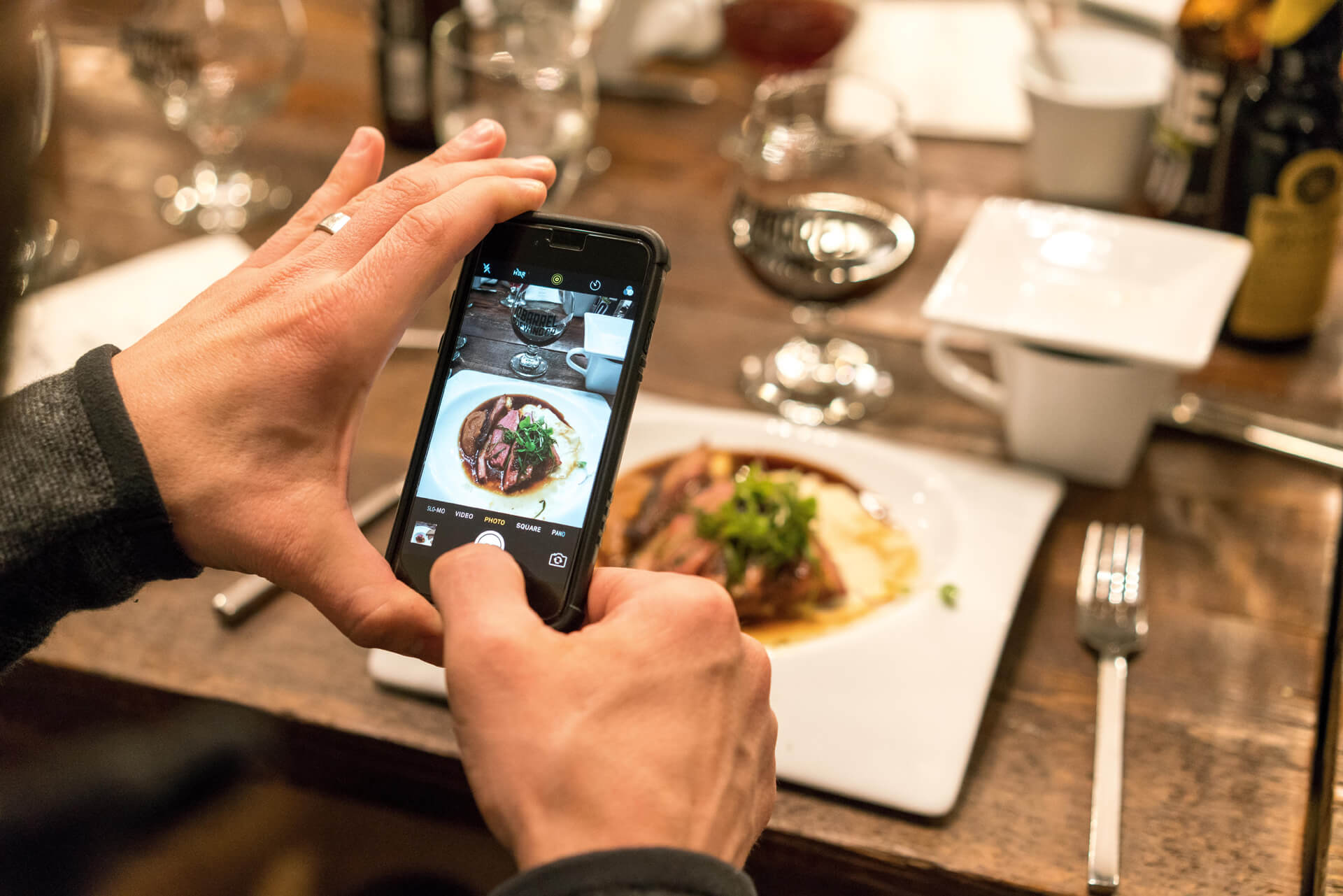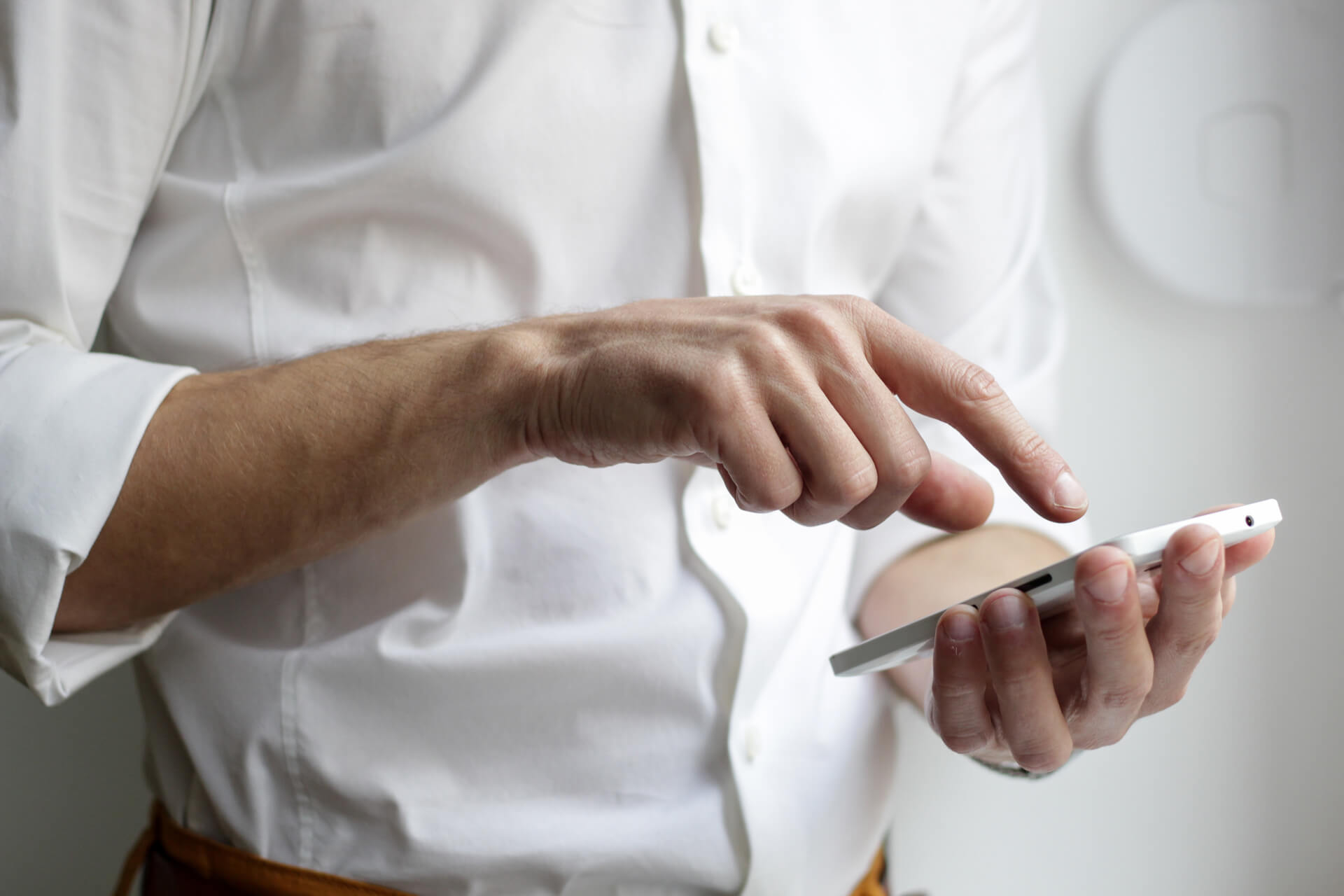Ethnography has long been a staple of conducting marketing research. Typically it has been done using a cumbersome method of a team of researchers employing a camera crew to accompany them into a person’s home, where they then watch the consumer’s behavior and video record it. The process is expensive and time consuming.
The advent of the cell phone has created a whole new world for ethnography. It is now possible for the consumer to conduct the mobile ethnography on their own – by taking videos, photos, and narrating their experience, according to the researcher’s direction. In addition to costing much less, it takes much less time.
Here are some methods of conducting mobile ethnography:
 Respondent Self-Ethnography
Respondent Self-Ethnography
There are basically three methods of mobile ethnography. All these qualitative mobile market research methods have value for the research process. The first, as described in the paragraph above, involves the consumer, typically called a respondent, to use their mobile device to record an activity. In the first case, the activity may be done entirely by the respondent, on their own, remotely, without the involvement of the researcher in the moment. The activities are delivered via a mobile app and the respondent then engages in responding to the study questions and other activity requirements on their own.
Here are a couple of examples: Take a jewelry study. The activities assigned to the respondents involve taking a selfie of themselves after they have put on their jewelry, and describing why they chose it, what it means to them, how long they have had it, and how it influences how they feel. Continuing along with the jewelry theme, another example involves a respondent being assigned to go out to specific jewelry stores and taking photos of themselves in the store, describing how the store’s atmosphere influences their feelings about buying.
 Respondent Environment Mobile Ethnography
Respondent Environment Mobile Ethnography
A second type of mobile ethnography involves the respondent using an app to transmit a video of themselves performing an assigned activity, while the researcher is watching them through a computer. In this case, an example would be an assignment for the respondent to show the inside of their medicine cabinet and while taking a video of it, or photos, to explain to the researcher what is in the cabinet and why. In this case, the researcher while watching the respondent through their computer can ask questions about the products, and the purchase process, and the respondent’s choices of including them in their repertoire of medicinal items.
Web-Enabled Observational Mobile Ethnography
A third type of mobile ethnography involves a stationary computer inside the respondent’s location, with a wide angle webcam. The computer with webcam is situated by the respondent to record an activity that is about to take place. Using a web room, the respondent’s activity is conveyed to the researcher’s computer. The researcher is then able to watch the respondent engage in the activity and ask questions.
An example would be using a laundry detergent. The assignment could be for the researcher to watch the consumer apply the laundry detergent to the clothing. Topics of study would be how much detergent is used, what the perception is of the packaging, the difficulty of the pouring device, the consumer’s feelings about how it works, plus the excitements and the struggles of using the product are revealed through this form of video recorded mobile ethnography.
Video clipping is also an integral part of the mobile ethnography process. As with traditional ethnography, using video clips to convey the story is important. However in the case of traditional ethnography, because a professional camera person takes the video, it is usually necessary to hire them to also do the editing, resulting in massive video editing costs. With mobile ethnography, the video editing process is much faster and significantly less expensive. The result is the same – video clips to use in a client report that convey the behavior of one or several respondents, as representative of the insights generated through the ethnography process.
Mobile ethnography goes by many names in addition to ‘mobile.’ Other names include digital ethnography, online ethnography, cyber-ethnography and virtual ethnography. In summary, as defined by Wiki, this type of ethnography is ‘the practice of spending a long period of time with a subject group in order to better understand their culture, interactions, behaviors, decisions, thoughts, and opinions.’
Whatever the name it goes by, the process of ‘mobile’ ethnography remains the same – it is the process of respondents explaining their thinking and the researcher drawing insights from what they learn from viewing respondent behavior while listening to what the respondent has to say. It is a valued part of marketing research and an important tool in the modern market researcher’s toolbox for conducting successful market research studies.
--
If you’re looking for a way to get a close look at your participants’ natural settings, routines and key decision moments, and eliminate expensive travels and in-home intrusions at the same time, Civicom’s Mobile Ethnography solutions are ideal options for various applications. They give you the capability to immerse through real-time visuals as the participants tour their physical space, such as a living room, garage or kitchen using mobile phones, or wherever your research needs to take you.
Explore multiple options for conducting mobile ethnography - call us at (203) 413-2423 to schedule a demo right away, or click the button below:



